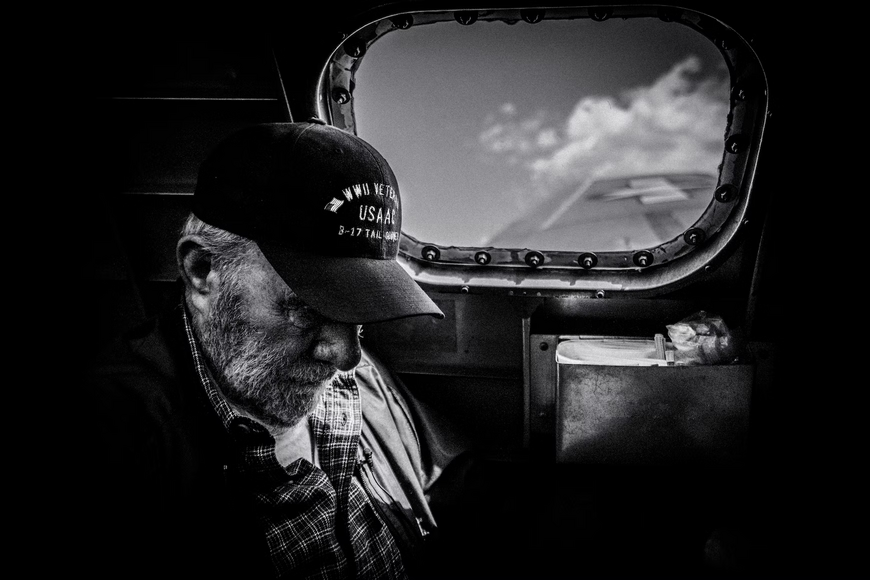Definition
A causeway, in military operations, refers to a man-made road or pathway constructed over water or marshy terrain for the purpose of facilitating troop and vehicle movement. Causeways often include bridges, culverts, or other structures to form a stable and continuous path. They provide a strategic advantage by enabling efficient movement and accessibility during military missions and logistics.
Key Takeaways
- Causeway is a term used to describe a raised road or path, typically built across wet, marshy, or low-lying areas to enable the movement of troops and military equipment.
- In military operations, causeways can be critical strategic points, providing access to otherwise difficult or impassable terrain, and allowing for efficient troop movement, supply transportation, and evacuation if necessary.
- During wars and conflicts, seizing control of key causeways can gain a tactical advantage over the enemy, making them important objectives in battle planning. Defending causeways may also be as crucial as securing other strategic assets, like bridges or forts.
Importance
The term “causeway” holds significant importance in military operations as it refers to a constructed route or pathway that aids in the efficient movement of troops, vehicles, and equipment across challenging terrains, such as water bodies or marshy areas.
By providing a stable and accessible passage, causeways enhance the mobility and logistical capabilities of military forces, enabling them to deploy and maneuver more rapidly and effectively.
This ultimately strengthens their strategic and tactical advantages during times of conflict, while also serving to mitigate challenges posed by environmental or geographical factors.
In summary, causeways play a critical role in supporting and expediting military actions, making them an essential component in the planning and execution of various operations.
Explanation
A causeway, in military operations, serves as a vital strategic asset for the movement and deployment of troops, equipment, and vehicles across challenging terrains. These structures, often created by engineering units, are integral in enhancing a military force’s mobility and maneuverability in scenarios where water bodies or swampy landscapes pose significant logistical challenges.
By providing a stable access route, a causeway maintains the operational tempo and connects various military installations, logistical hubs, and key defenses. Furthermore, establishing or securing a causeway ensures uninterrupted supply lines, enabling rapid reinforcement or evacuation of forces when faced with unexpected battlefield conditions.
Additionally, causeways act as impromptu bridges and force multipliers for military forces, particularly during amphibious or riverine operations wherein rapid and secure transit of troops and equipment is paramount. Implementing causeways in coordination with other military assets, such as constructing pontoon bridges for crossing rivers, provides a tactical advantage by offering multiple entry points and deterring enemy attempts to choke off a military force’s mobility.
Fundamentally, the purpose of a causeway extends beyond mere transportation infrastructure, as it can be a significant factor in determining the outcome of military campaigns, having a direct impact on the ability to outmaneuver enemy positions and secure strategic objectives.
Examples of Causeway
A “causeway” in a military context usually refers to a temporary bridge-like structure or elevated roadway built over obstacles during operations to facilitate rapid movement of troops, vehicles, and equipment. Here are three real-world examples involving the use of causeways during military operations:
Operation Overlord (D-Day): During the Allied invasion of Normandy in World War II, the Mulberry Harbours were created to allow for the quick offloading of supplies and soldiers onto the beaches. A causeway system called the Whale Roadway was a key component of the Mulberry Harbours, enabling vehicles and troops to cross over the beach and quickly move inland from the landing crafts.
Battle of Chosin Reservoir: In the Korean War, during the winter of 1950, American and allied UN forces faced a massive assault by Chinese forces surrounding the Chosin Reservoir. As the UN forces conducted a fighting withdrawal, they relied on a causeway referred to as the ” MSR (Main Supply Route) X-RAY” to cross the frozen Funchilin Pass and move troops, equipment, and wounded personnel to safety.
Iraq War (2003): In the early days of the invasion of Iraq by U.S. and coalition forces, a key objective was to secure the vital bridges and causeways around the city of Nasiriyah. The Saddam Canal Causeway to the north of the city was one such strategic location, both for crossing the Euphrates River and for providing a critical supply route for the advancing forward units of the coalition forces.
FAQ: Causeway Military Operations
What is the purpose of causeway military operations?
Causeway military operations primarily provide rapid and efficient bridging solutions and transportation of personnel, equipment, and vehicles over water obstacles during combat deployment or disaster relief efforts. They serve as temporary floating bridges or platforms, enabling the smooth flow of traffic and operations.
What types of causeway systems are used in military operations?
There are several types of causeway systems utilized in military operations, including the Floating Causeway (FC), Causeway Ferry (CF), Roll-on/Roll-off Discharge Facility (RRDF), and Improved Ribbon Bridge (IRB). These systems vary in size, weight capacity, and modularity, allowing them to accommodate different requirements and needs in various operational scenarios.
What are the advantages of using causeways in military operations?
Causeways offer several advantages in military operations, such as:
1. Rapid deployment, assembly, and dismantling which allows for quick responses to changing conditions.
2. Modularity, allowing for flexibility in configuration to accommodate various operational needs and requirements.
3. Improved mobility and access for troops, vehicles, and equipment across water obstacles, allowing for faster and more efficient transit.
4. Enhanced logistical capabilities, facilitating the movement of critical supplies, equipment, and personnel to the battlefield or disaster areas.
Which military organizations use causeway systems?
Causeway systems are used by various military organizations worldwide, including the United States Army, Navy, and Marine Corps. Other countries, such as the United Kingdom, have also developed and deployed their own causeway systems for use in military operations and disaster relief efforts.
Are causeways solely limited to military operations?
While causeways are predominantly used in military operations, they can also be employed for civilian purposes, primarily in disaster relief. Causeways can provide emergency transportation and access routes over water-impeded areas in the aftermath of natural disasters, such as floods and hurricanes, ensuring rescue efforts and essential supplies reach the affected populations.
Related Military Operation Terms
- Disability Compensation
- Education and Training Assistance
- Home Loan Guarantee Program
- Veterans Health Care
- Veterans Pension
Sources for More Information
 Benefits.com Advisors
Benefits.com Advisors
With expertise spanning local, state, and federal benefit programs, our team is dedicated to guiding individuals towards the perfect program tailored to their unique circumstances.
Rise to the top with Peak Benefits!
Join our Peak Benefits Newsletter for the latest news, resources, and offers on all things government benefits.




















